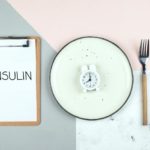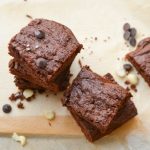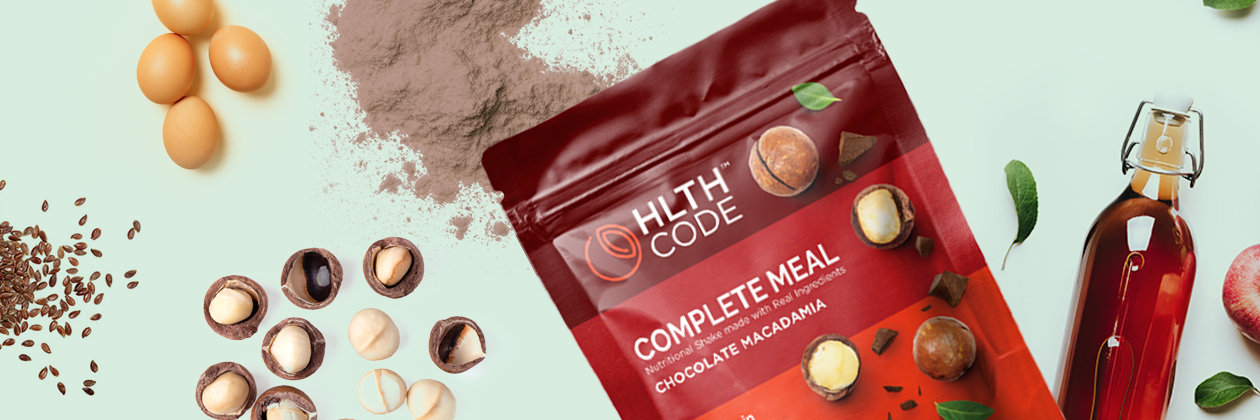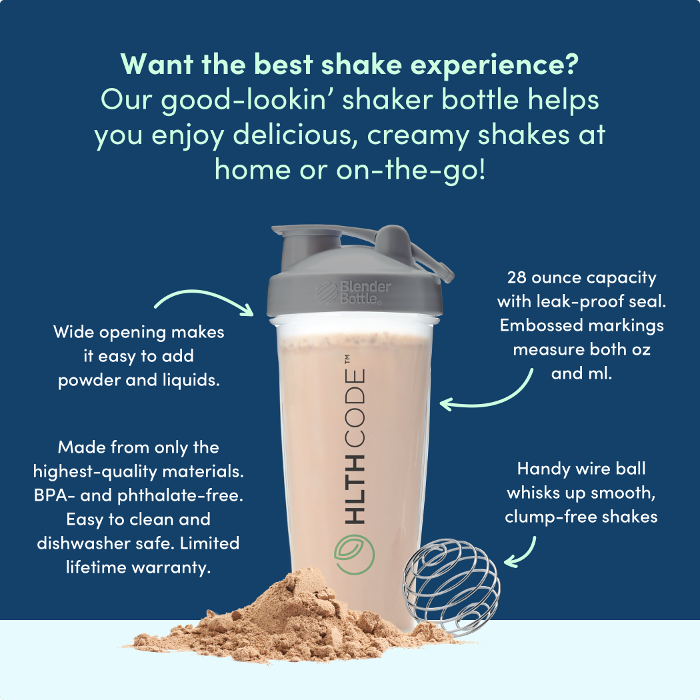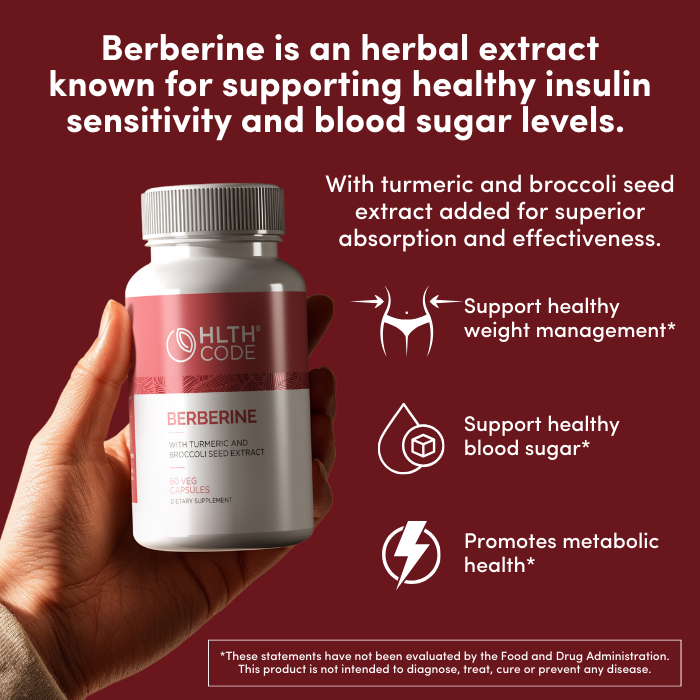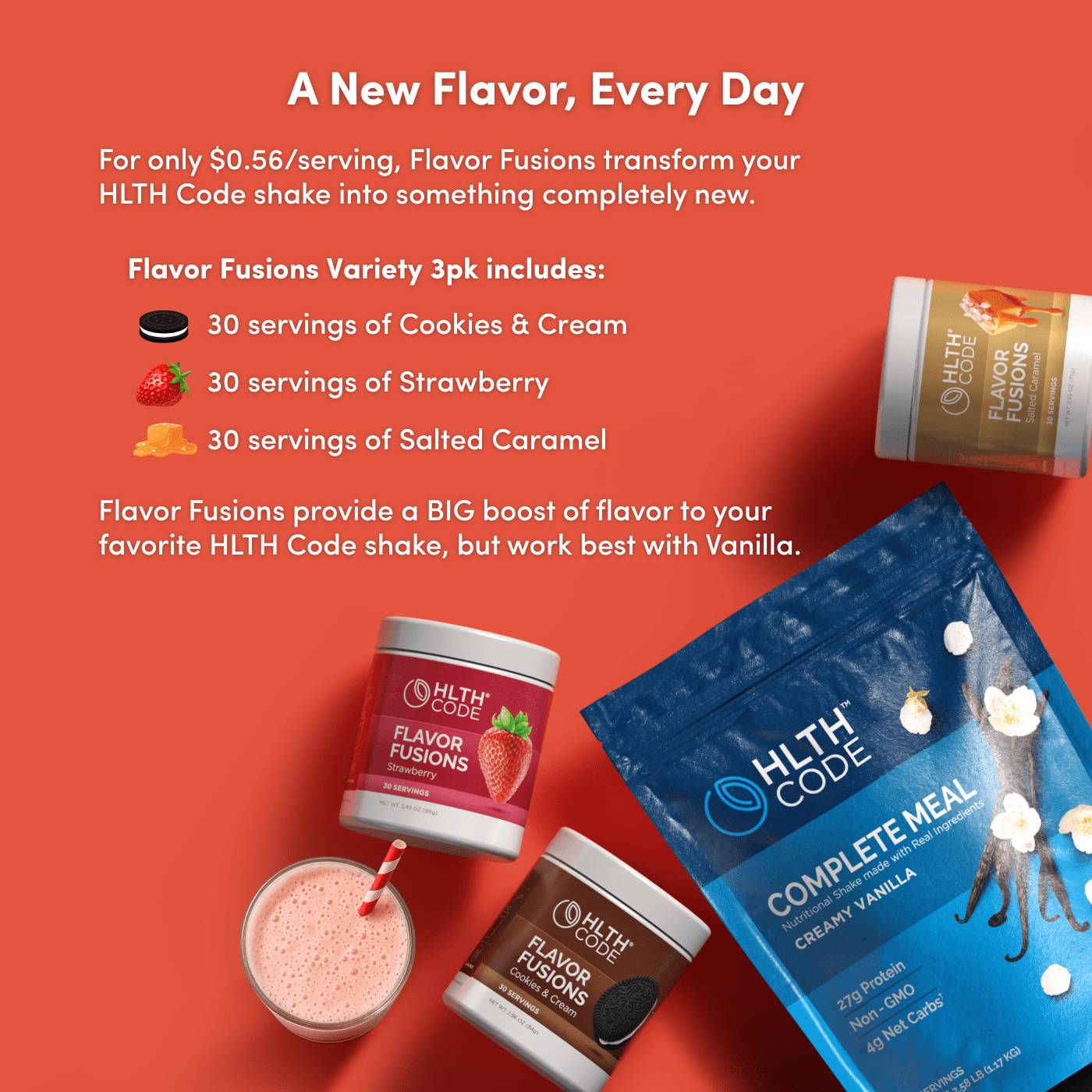Contrast Therapy
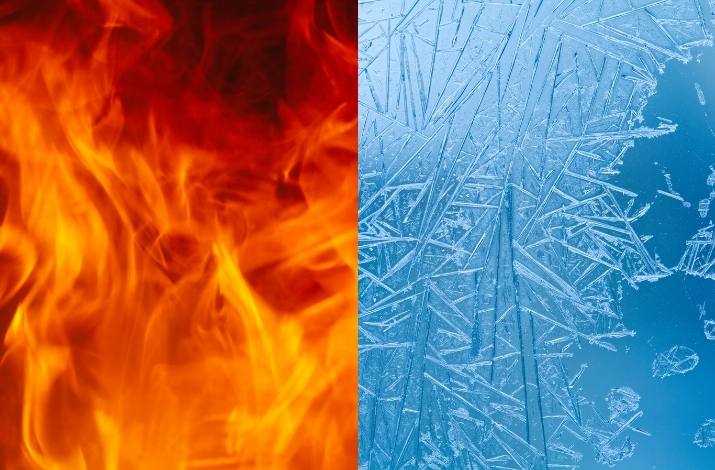
We know that exercise, fasting, and smart eating each have a unique ability to improve insulin sensitivity and prevent metabolic disease. While these practices are proven staples in maintaining metabolic health, today we’re looking to add one more tool to our tool-belt in the form of HEAT and COLD.
Most of us live in a very comfortable world. We live, play, and work mostly indoors where we have a nice air conditioner to keep us cool when it’s hot, and a heater to keep us warm when it’s cold. We don’t have to expend exorbitant energy to obtain food, and even our clothes are designed to regulate our body temperatures depending on our environment. You might say that there is nothing wrong with being comfortable, but a growing number of human clinical studies would disagree – there are real benefits from getting uncomfortable.
You see, there are processes in our bodies that are made to deal with stresses, particularly environmental stresses. We often see the evidence of one of these processes when we go outside on a hot day and begin to sweat. Sweat helps cool our bodies as the water evaporates from the skin and takes heat with it. Similarly, when our bodies are cold, the blood vessels in the extremities contract to keep the blood in the core for proper function of vital organs.
Beyond these superficial effects of hot and cold, there are many physiological changes that take place far beneath the skin that can improve your health.(1) Recent studies have shown that regular environmental stress (such as warm or cold temperatures) improves cardiovascular health (2) , increases muscle blood flow (3), decreases risk of respiratory disease (4) and stroke (5), and even helps prevent Alzheimer’s disease and dementia.(6)
Heat therapy, as seen in sauna, is also taking the stage for its value in challenging our endocrine system and improving insulin sensitivity (7), while cold therapy shares a similar spotlight for its activation of brown fat and improvements in adipose metabolism. (8) Contrast therapy, which is accomplished by alternating heat and cold (sauna, then cold plunge), has been effective in speeding up post-workout recovery (9), reducing inflammation (10), and improving sleep quality.(11)
These benefits mimic those of exercise and fasting because they employ many of the systems in our bodies in a similar way. For example, exercise increases the expression of receptors on cells that pull in glucose in response to insulin. Heat therapy may also have similar and complementary effects on these receptors.(7)
What is the ideal method of heat/cold therapy? This is still being discovered, but most studies suggest that there is a dose-response relationship, meaning that the more frequently you participate in it, the greater the benefits. Most studies show that 4-7 times per week produces the most benefits.(12) Otherwise, listen to your body and ease your way into the more extreme temperatures.
What if you don’t have a sauna or cold plunge readily available? A reasonable alternative may simply be a hot bath and a cold shower. Putting your body through the stress of dealing with temperature differences is what you’re after.
With these known benefits in mind, I would recommend that heat and cold therapy (contrast therapy) be used in addition to your fasting, ketogenic, and exercise regimens. It is also a great option for maintaining muscle and cardiac health in older populations or in populations who are unable to exercise. Fasting, exercising, and exposing yourself to extreme temperatures is not necessarily comfortable, but the benefits speak for themselves. It’s time to get out of your comfort zone and expose your body to some environmental stress.
References
1. Heinonen I, Laukkanen JA. Effects of heat and cold on health, with special reference to Finnish sauna bathing. Am J Physiol Regul Integr Comp Physiol. 2018;314(5):R629-R638.
2. Kauppinen K. Sauna, shower, and ice water immersion. Physiological responses to brief exposures to heat, cool, and cold. Part II. Circulation. Arctic Med Res. 1989;48(2):64-74.
3. Kuhlenhoelter AM, Kim K, Neff D, et al. Heat therapy promotes the expression of angiogenic regulators in human skeletal muscle. Am J Physiol Regul Integr Comp Physiol. 2016;311(2):R377-391.
4. Kunutsor SK, Laukkanen T, Laukkanen JA. Sauna bathing reduces the risk of respiratory diseases: a long-term prospective cohort study. Eur J Epidemiol. 2017;32(12):1107-1111.
5. Kunutsor SK, Khan H, Zaccardi F, Laukkanen T, Willeit P, Laukkanen JA. Sauna bathing reduces the risk of stroke in Finnish men and women A prospective cohort study. Neurology. 2018;90(22):E1937-E1944.
6. Laukkanen T, Kunutsor S, Kauhanen J, Laukkanen JA. Sauna bathing is inversely associated with dementia and Alzheimer’s disease in middle-aged Finnish men. Age Ageing. 2017;46(2):245-249.
7. McCarty MF, Barroso-Aranda J, Contreras F. Regular thermal therapy may promote insulin sensitivity while boosting expression of endothelial nitric oxide synthase – Effects comparable to those of exercise training. Med Hypotheses. 2009;73(1):103-105.
8. van Marken Lichtenbelt WD, Vanhommerig JW, Smulders NM, et al. Cold-activated brown adipose tissue in healthy men. N Engl J Med. 2009;360(15):1500-1508.
9. Bieuzen F, Bleakley CM, Costello JT. Contrast water therapy and exercise induced muscle damage: a systematic review and meta-analysis. PLoS One. 2013;8(4):e62356.
10. Laukkanen JA, Laukkanen T. Sauna bathing and systemic inflammation. Eur J Epidemiol. 2018;33(3):351-353.
11. Hussain JN, Greaves RF, Cohen MM. A hot topic for health: Results of the Global Sauna Survey. Complementary Therapies in Medicine. 2019;44:223-234.
12. Laukkanen T, Khan H, Zaccardi F, Laukkanen JA. Association Between Sauna Bathing and Fatal Cardiovascular and All-Cause Mortality Events. Jama Intern Med. 2015;175(4):542-548.
This article is for informational and educational purposes only. It is not, nor is it intended to be substitute for professional medical advice, diagnosis, or treatment and should never be relied upon for specific medical advice.



